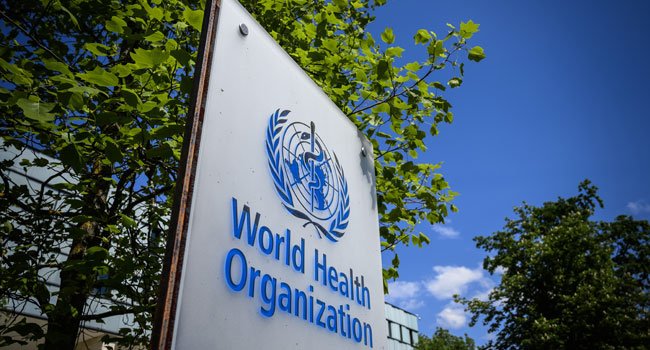A new global report has revealed that one in every six bacterial infections recorded in 2023 was resistant to antibiotic treatment — a growing threat that health experts warn could escalate into a global health crisis without stronger, real-time monitoring systems.
According to the report, antibiotic resistance is surging, with over 40 percent of pathogen–antibiotic combinations showing increased resistance between 2018 and 2023, rising by 5–15 percent annually. Some regions, including South-East Asia and the Eastern Mediterranean, recorded resistance levels as high as one in three infections.
The findings coincide with a call by the Global Preparedness Monitoring Board (GPMB), hosted by the World Health Organization (WHO), for an integrated global pandemic risk surveillance system. The proposed system would merge health, economic, environmental, and social data to track emerging threats in real time.
While the WHO’s Global Antimicrobial Resistance Surveillance System (GLASS) now receives data from 104 countries—up from just 25 when launched—many nations still lack reliable reporting structures. Nearly half of the world’s countries do not provide any usable resistance data.
Among the most worrying findings: more than 40 percent of Escherichia coli and 55 percent of Klebsiella pneumoniae infections are resistant to third-generation cephalosporins, while in parts of Africa, over 70 percent of gram-negative bacteria show resistance to common antibiotics.
Experts are urging a “One Health” approach to link human, animal, and environmental surveillance systems, especially in countries where livestock-related data remains weak or inconsistent.
The GPMB further recommended the creation of a global pandemic financing tracker, urging governments to allocate about $15 billion annually—equivalent to 0.1–0.2 percent of GDP—and to dedicate 0.5–1 percent of defense budgets to pandemic preparedness.


